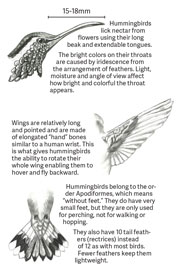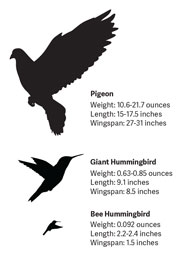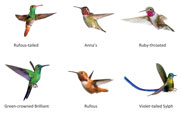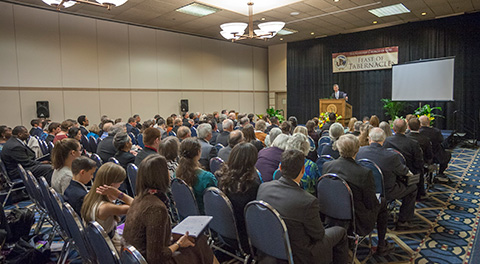You hear the telltale hum before you see them—those tiny little birds that darts from flower to flower in the blink of an eye. It is captivating to watch them hover in front of a flower, their wings moving so quickly they appear shadowy while their bodies just float! Then they move into the flower, take a sampling of nectar, and fly backwards.
As amazing as these aerial feats are, they are a tiny sampling of what hummingbirds are capable.
There are over 330 species of hummingbirds, and all of them are both native to and exclusively found in the Americas. Their range extends from Alaska to the southern tip of South America. More than half of the species, however, live in the tropics, within 10 degrees north and south of the equator.
The rest of these birds live in the tropics during the winter and migrate to their nesting grounds north in the summer. The ruby-throated hummingbird, for example, migrates up to 2,000 miles to reach its summer breeding grounds in eastern North America. Keep in mind that this is accomplished by a bird that is 3.75 inches long and weighs 3.5 grams—less than a single piece of paper! Even if 150 of these hummingbirds were all put on a scale, they still would not weigh one pound.
Hummingbirds have a particular set of characteristics that allow them to achieve such a light weight. For one, they have smaller feet and legs to allow for more efficient flying. However, this comes with a trade-off, since they cannot walk or hop, although their feet can be used to scoot sideways while they are perched.
Also, hummingbirds have 1,000 to 1,500 feathers, the fewest of any bird, further lightening the load.
About one-quarter of the birds’ weight is in their pectoral muscles, which allow them to beat their wings 52-53 times per second during normal flight, giving them their unique humming sound for which they are named. During courtship flights, they can beat their wings up to 200 times each second and fly up to 40 miles per hour.
Such fast flapping for long periods of flight takes a lot of energy, therefore hummingbirds must drink nectar from flowers or feeders—up to 1,000 times a day. The birds’ long, slightly downward curving beaks allow them to reach deep into flowers to drink the sweet, high-energy nectar they need to keep their wings moving. Instead of sucking the nectar, as most think, they use their tongues to lick up the nectar with fringed tongues. The licking occurs 10 to 15 times per second, hence it may look like they are sucking up the sugary liquids in flowers and feeders.
They can eat approximately one-half of their weight in sugar each day. Ingesting this much is necessary, especially during their migration from warmer climates to nesting grounds.
The rufous hummingbird has the longest migration distance at 3,000 miles, with their nesting grounds in Alaska and Canada. The ruby-throated hummingbird, however, achieve the most stunning aerial feat. Prior to their migration, they gather in Mexico’s Yucatan peninsula to prepare for a trip across the Gulf of Mexico. Far from a hop and a skip, it is a nonstop 20-hour, 500-mile journey across the Gulf en route to Louisiana or Florida!
It is such an impressive achievement that it led to a myth that the birds ride on the backs of other birds in order to make it to the U.S. coast.
In order to make the trip, the birds must fatten up for several weeks by drinking nectar, eating insects, and even plucking spiders right off their webs.
Once the birds have gained about 2 grams of fat reserves, they set off on their trip to the southern United States. The flight uses up so much energy, the birds lose all the weight they spent weeks putting on.
For comparison, this is about the same as a six-foot-tall man who weighs 180 pounds gaining 100 pounds in two weeks from eating. Then, he runs from Paris to Beijing and back, twice, without stopping for food, water or sleep!
It goes to show that even God’s smallest (and cutest) of creatures have incredible abilities—yet another example of His genius and creativity.

Anatomy of a Ruby-throated Hummingbird

Measuring Up
Photo: Getty Images

Common American Species
Photo: Getty Images



















